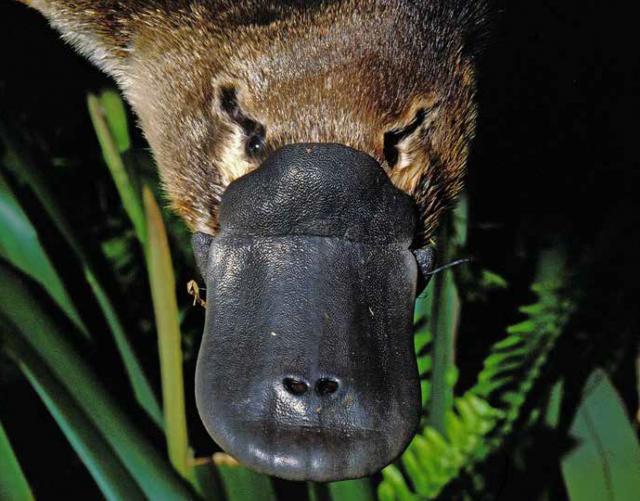While spotting for potential platypuses in our local rivers and creeks can often feel fruitless, eDNA technology is reassuring Melbourne Water that the elusive critter remains plentiful in our waterways.
Melbourne Water is undertaking platypus surveys across Greater Melbourne this spring breeding season as part of a three-decade-long monitoring program.
The water authority recently completed its most comprehensive mapping effort using environmental DNA (eDNA) testing in combination with traditional ‘capture and release’ methods.
Melbourne Water’s eDNA program involved sampling water at 1,800 locations across Melbourne’s creeks and waterways between 2021 and 2023 to detect traces of DNA shed into the environment from mucus, urine, faeces, skin and saliva. The DNA traces remain in the water for days to weeks after the animal has been present, allowing detection even when the platypuses are inactive.
Analysis of the eDNA data shows that platypuses are present in dozens of creeks and rivers throughout Greater Melbourne, including in the waterways in the Outer East LGAs of the Yarra Ranges, Knox, Maroondah and Cardinia.
“Platypus are quite shy, occur in a variety of habitats and are predominantly nocturnal, so it can be difficult to monitor their activity through traditional methods alone – particularly where rivers are wide, deep or fast flowing,” Manager of Waterways and Wetlands Research at Melbourne Water Dr Rhys Coleman said.
“eDNA provides crucial insights into their presence in specific rivers and creeks. By integrating this data with our trapping records and other information, such as publicly reported sightings, we can create detailed maps and track changes in their distribution.”
Platypus are quite shy, and can be difficult to monitor through traditional methods, so eDNA provides a useful way of tracking them. Image credit: Doug Gimesy
Dr Coleman says that in the face of declining numbers, it’s more important than ever to monitor where the platypus live – knowing where they occur is the first step in being able to look after them.
“Climate change and increasing urbanisation are impacting platypus habitats, and we must seize every opportunity to protect our precious waterways to stabilise their numbers,” he said.
“With urbanisation comes increased water runoff from hard surfaces such as roofs, driveways, and roads into stormwater drains which flows into waterways destroying platypus habitats and introducing contaminants, including litter that can become tangled around animals and cause mortality,”
“Tackling the complex issues that threaten platypus requires collaborative efforts, including all levels of government, waterway managers, urban planners, scientists, Traditional Owners and the community,” he said.
Melbourne Water’s platypus monitoring program is part of the Healthy Waterways Strategy 2018-2028, which provides a roadmap for directing conservation efforts across strategy partners over the coming decades.
Dr Coleman says that the community can do their bit to help platypus.
“We need to use all the tools in the toolbox, including intensive revegetation, better stormwater management, reducing pollutants in waterways, and maintaining natural water flows in our rivers and creeks,” he said.
“It may surprise many Melburnians to learn that there are platypus in their local creeks and rivers,”
“We hope that the data inspires people to get involved in looking after their local waterways such as through tree planting and litter clean-up days and be mindful of what gets washed down stormwater drains.”
The community can play an important part in protecting platypus by:
Becoming a citizen scientist by reporting platypus sightings via the Platypus Spot app
Joining a Waterwatch group to monitor the health of waterways.
Participating in a local streamside planting day or litter clean-up day (check out your local waterway’s Friends community group).
Installing rainwater tanks to reduce the amount of stormwater that enters our drains and waterways – and use the collected water as much as possible (keeping tanks empty to capture more stormwater next time it rains).
Thinking about what you wash down your driveway and footpaths that flow into street gutters and waterways; reduce the use of fertilisers, insecticides and herbicides that kill the insects that platypuses feed on.
If you have a property that backs on a waterway, you can get involved in Melbourne Water’s Stream Frontage Management or Rural Land Management Programs.
Securing your bin on bin night so that rubbish doesn’t end up in the stormwater drain.







